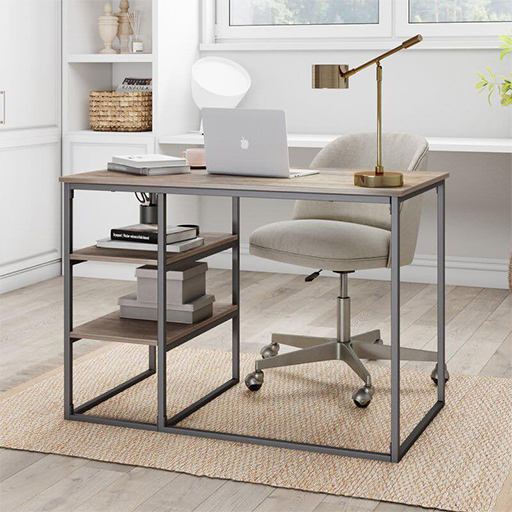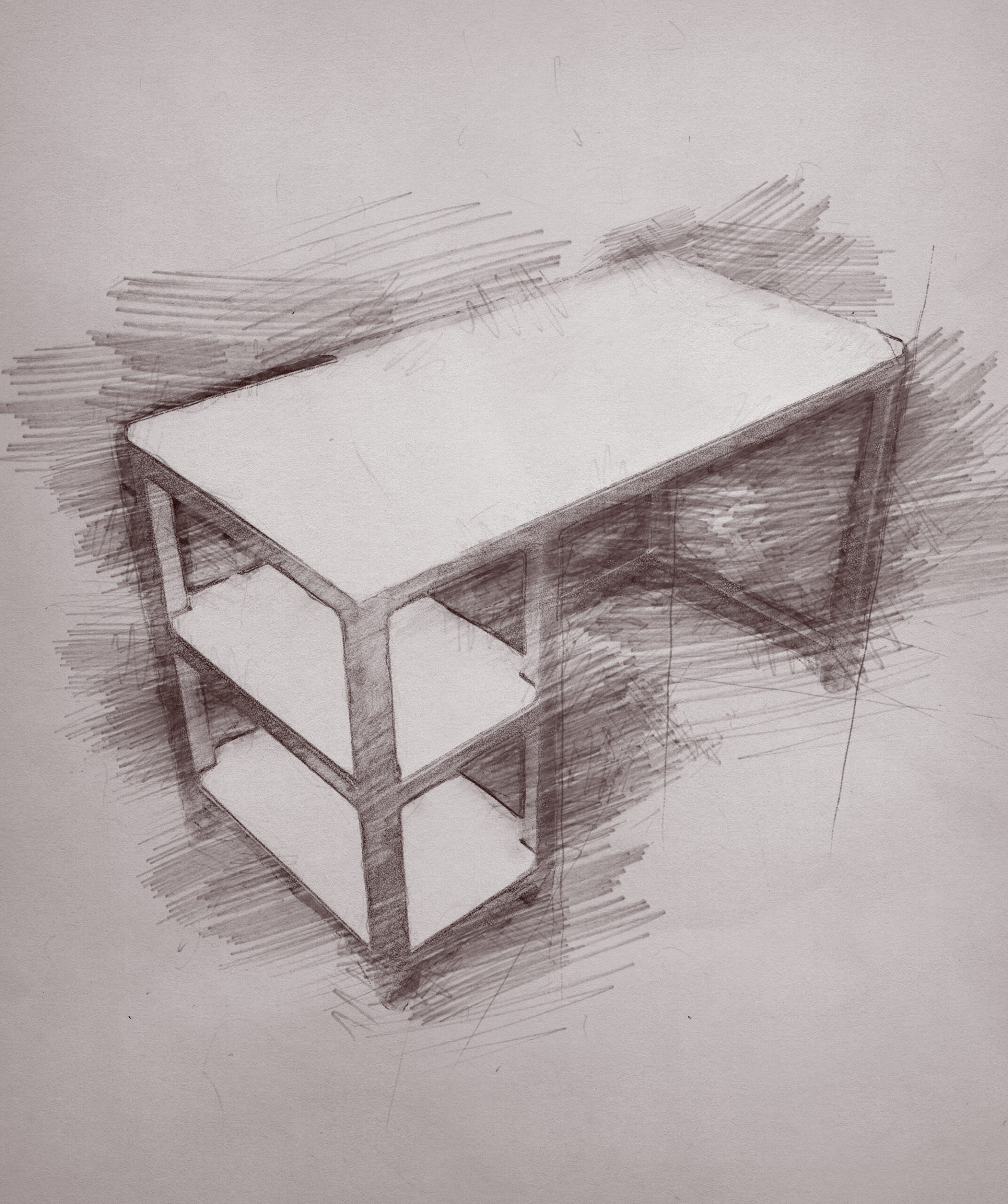Product design- Product design as a verb is to create a new product to be sold by a business to its customers. As a process, product design covers the end-to-end creation of goods that solve a specific problem for the user. The role of Product Designer is responsible for understanding and empathizing with an audience, before building a product that suits their needs.
Thus, it is a major aspect of new product development. However, many business experts will agree that product design is the process of identifying a market opportunity, clearly defining the user’s needs and problem, developing a proper solution for that problem, and validating the solution with real users. When considering high-quality products or features, designers must understand business objectives, know the elements of a good design.
Product design should answer
- What problem are we solving?
- Who has this problem?
- What do we want to achieve?

Answering these questions allows design engineers to understand the user experience of a product as a whole, and not simply the interaction (feel) or visual (look) part of a design. These design principles apply to both physical products and digital product design.
Finding a solution to a problem includes the following five basic phases:
- Research: In order to develop a deeper understanding of your consumer audience, you must conduct and gather research to cater to the people for whom you are designing your product/service for. This is crucial.
- Define: Create a point of view that is based on user needs and insights.
- Brainstorm: In order to generate a wide range of potential solutions, design thinking and brainstorming sessions are required during this phase of product development.
- Prototype: After narrowing down design concepts, build a prototype (or series of prototypes) to test your hypothesis. Creating a prototype allows the designer to discover if they’re on the right track, and it often sparks different ideas that you wouldn’t have come up with otherwise to further streamline product development. However, depending on the product, physical prototyping tools can be very expensive so digital design can be significantly more cost-effective in the beginning stages of product design and problem-solving pain points within the design.
- Test: Return to your users for feedback.



